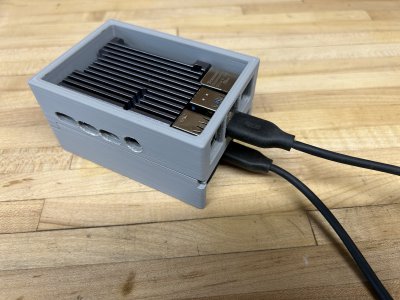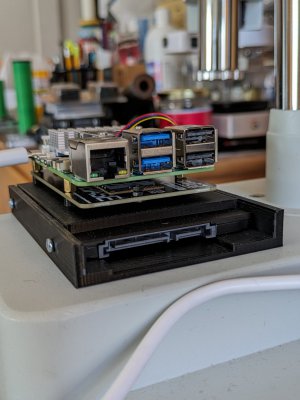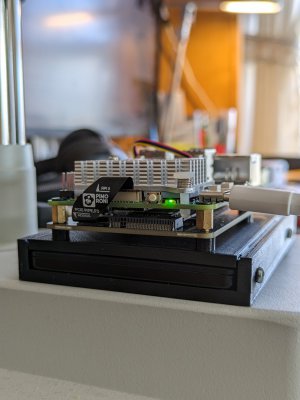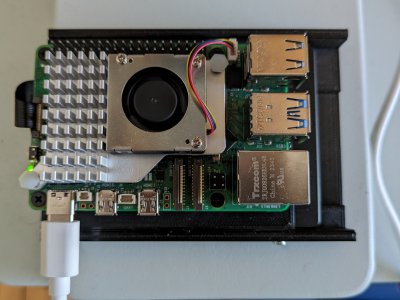- Joined
- Dec 18, 2019
- Messages
- 6,470
Saw one on grabcad, but they wanted me to keep on giving them a lot more information than I was comfortable with. RPI has a step file for the RPI5, but not the 4. The locations of the camera connectors are different, as well as where the main CPU. RPI5B step file can be downloaded from https://datasheets.raspberrypi.com/rpi5/RaspberryPi5-step.zip
If you do have the step file for an RPI4B, can you post it here? Zip it first to compress it. Thanks, I'd appreciate it.
If you do have the step file for an RPI4B, can you post it here? Zip it first to compress it. Thanks, I'd appreciate it.





